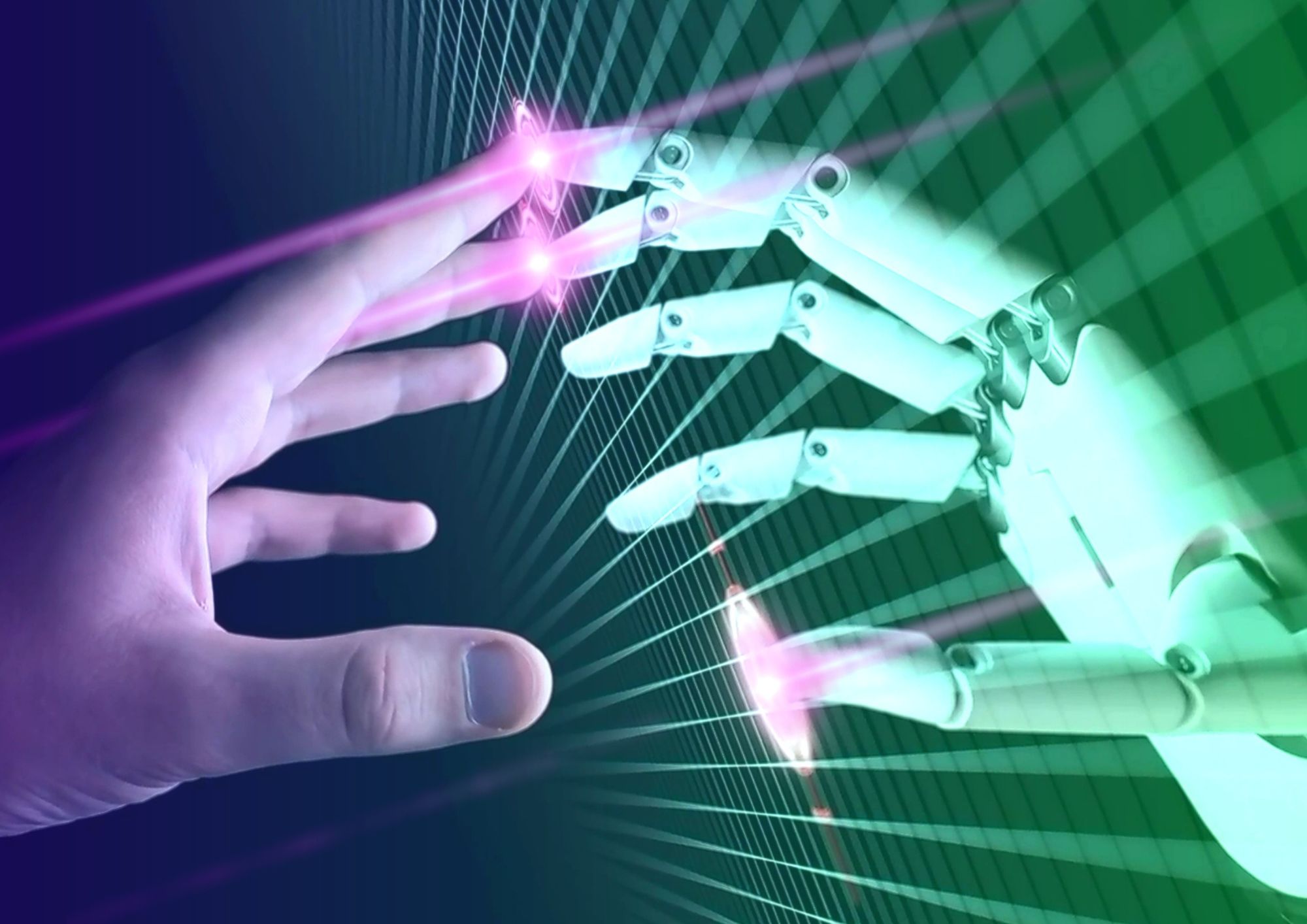In a world where technology is growing rapidly, computer vision and robotics are revolutionizing industries, enhancing automation and precision in ways never seen before.
This article explores the exciting synergy between computer vision and robotics, delving into real-life examples, programming codes, and facts and figures that demonstrate their impact on automation and precision.
Computer Vision: The Eyes of Robotics 
Computer vision, a field of artificial intelligence (AI), enables machines to interpret and understand visual information from the world, much like humans do.
By using algorithms and learning techniques, computer vision systems process and analyze images and videos to make sense of the surrounding environment.
The role of computer vision in robotics is critical for achieving complex tasks, such as object recognition, tracking, and navigation.
For example, autonomous vehicles rely on computer vision to identify and avoid obstacles, while warehouse robots use it to locate and pick up items.
Advantages of Computer Vision 
There are numerous advantages to incorporating computer vision in robotics:
- Enhanced efficiency: Robots equipped with computer vision can perform tasks more quickly and accurately than their human counterparts, minimizing errors and increasing productivity.
- Improved safety: Computer vision helps robots navigate and operate in hazardous environments, reducing the risk of accidents and injuries.
- Versatility: Computer vision algorithms can be applied to a wide range of industries, from healthcare to agriculture, broadening the scope of automation and precision.
Robotics and Automation: A Match Made in Heaven 

Robotic automation has become an integral part of modern industries, streamlining processes and improving overall efficiency.
By integrating computer vision into robotics, we can achieve even higher levels of automation and precision. Here are some notable examples:
- Manufacturing: Assembly line robots with computer vision can inspect and sort parts faster and more accurately than humans, reducing defects and increasing production rates.
- Agriculture: Precision farming techniques, such as drones equipped with computer vision, can monitor and analyze crop health, optimizing irrigation and pesticide usage.
- Healthcare: Surgical robots with computer vision can perform delicate procedures with remarkable accuracy, minimizing patient recovery time and improving surgical outcomes.
Precision in Robotics: The Key to Success 
Incorporating computer vision in robotics enables machines to perform tasks with impressive precision.
This high level of accuracy is essential for industries where even the smallest errors can have significant consequences, such as aerospace engineering or medical surgeries.
By using advanced algorithms and machine learning techniques, robots can constantly refine their performance, leading to increased precision over time.
Future of Computer Vision and Robotics 
As AI technology continues to advance, the potential applications for computer vision and robotics are virtually limitless.
From self-driving cars to smart cities, these innovations are set to transform the way we live, work, and interact with the world around us.
By embracing computer vision and robotics, we can create a safer, more efficient, and productive future for all.
FAQs 
How does computer vision work in robotics?
Computer vision works in robotics by processing and analyzing images and videos captured by cameras and sensors.
Using algorithms and machine learning techniques, the system interprets visual information, allowing robots to understand and interact with their environment.
What industries can benefit from computer vision and robotics?
Numerous industries can benefit from computer vision and robotics, including manufacturing, agriculture, healthcare, transportation, logistics, and aerospace engineering.
Can computer vision replace human vision in robotics?
While computer vision has made significant progress, it’s not yet at a point where it can entirely replace human vision. However, it can complement and enhance human capabilities in various applications, improving automation and precision.
How does machine learning play a role in computer vision and robotics?
Machine learning enables computer vision and robotic systems to learn from experience and adapt their performance. By training on large datasets, these systems can continually refine their algorithms, improving accuracy and efficiency over time.
What are the limitations of computer vision and robotics?
Limitations of computer vision and robotics include the need for large amounts of data for training, sensitivity to changes in environmental conditions (e.g., lighting, weather), and the ongoing development of more advanced algorithms to handle complex tasks.
However, continued research and innovation in AI technology will help address these challenges.
Conclusion: Embracing the Synergy of Computer Vision and Robotics 
As we have seen, the combination of computer vision and robotics offers a powerful solution for enhancing automation and precision across various industries.
From manufacturing to healthcare, these technologies are transforming the way we approach complex tasks and challenges.
By understanding the potential of computer vision and robotics, businesses and organizations can harness their synergy to drive innovation, improve efficiency, and create a more sustainable future.
As AI technology continues to evolve, we can expect even greater advances in automation and precision, opening new doors of opportunity and progress for humanity.
So, whether you’re a business owner, a developer, or an enthusiast, embracing the world of computer vision and robotics can lead to exciting new possibilities and help shape the future of innovation.
Stay curious, and let’s see where this incredible journey takes us!
Thank you for reading our blog, we hope you found the information provided helpful and informative. We invite you to follow and share this blog with your colleagues and friends if you found it useful.
Share your thoughts and ideas in the comments below. To get in touch with us, please send an email to dataspaceconsulting@gmail.com or contactus@dataspacein.com.
You can also visit our website – DataspaceAI















